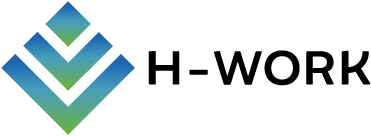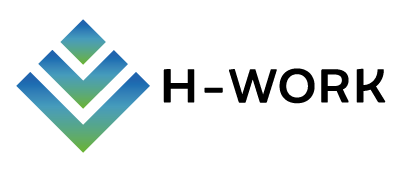THE CHALLENGE
European and global reports indicate an increase in the spread and severity of mental health problems among the general population in the recent years, thus imposing a major burden on individuals, society and economy across the EU countries.
One quarter of the EU working population is expected to experience a mental health problem during their lifetime, such as depressive episodes, anxiety symptoms, adjustment reactions, burnout syndrome. Accordingly, the European Agency for Safety and Health at Work reported that common mental disorders, absenteeism, unemployment and long-term disability can be directly linked to work-related stress and are dramatically growing across a number of the EU Member States
Although a large body of evidence emphasises the positive effects of several intervention strategies on work-related stress management, the actual implementation of these initiatives within work contexts is still limited.
The main barriers concern:
- The insufficient awareness about the cost-effectiveness of these practices;
- The poor training of employers on how to design and implement successful interventions;
- The insufficient knowledge and resources to effectively manage workers’ mental health and well-being by public organisations and SMEs;
- An ineffective legal framework and a lack of incentives to encourage employers to put measures in place.
THE SCOPE
H-WORK project has the purpose of designing, implementing and validating effective multi-level assessment and intervention toolkits, evaluating individual and organisational outcomes of the adopted measures and provide further innovative products and services. The aim is to effectively promote mental health, along with policy recommendations for employers, occupational health professionals and policy makers.
In particular, the main project actions concern:
- The protocol development and validation of psychosocial risk factors evaluation in the workplace (H-WORK Assessment Toolkit - HAT)
- The HAT includes a semi-structured interview protocol for needs analysis and a digital questionnaire for subjective quantitative data collection on psychosocial risk, mental health and well-being of employees.
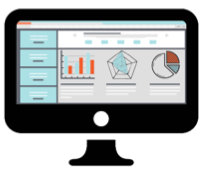
- The testing and validation of a set of effective multi-level interventions (H-WORK Interventions Toolkit - HIT)
- The HIT integrates the state-of-the-art interventions derived from the consortium expertise and best practices. Based on a systematic multi-level development approach, the HIT is an integrated method, rather than a collection of stand-alone tools. As such, the interventions outlined in the HIT are flexibly customised and linked to the needs of the specific organisation.
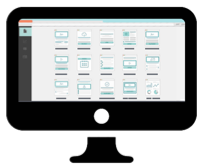
- The elaboration of a protocol (H-WORK Evaluation Toolkit - HET) able to verify and monitor the procedural aspects of the interventions and the economic impact on the life of the organization involved
- The HET monitors and evaluates the effectiveness and the cost-effectiveness of the adopted measures. It includes a checklist of key questions for the qualitative process evaluation and a set of quantitative scales to easily identify mediators and moderators of the effectiveness of interventions

THE CONCEPT
The main project actions concern the development of a protocol dedicated to the evaluation of psychosocial risk factors in the workplace; testing the effectiveness of a set of multi-level interventions and developing a protocol able to verify the procedural aspects of the interventions and the economic impact on the life of the organization involved.

Pillar #1
Multi-level interventions: IGLO Model

Pillar #2
Bottom-up and participative approach

Pillar #3
Positive Occupational Health Psychology

Pillar #4
Application of digital technologies

Pillar #1
Multi-level interventions: IGLO Model

Pillar #2
Bottom-up and participative approach

Pillar #3
Positive Occupational Health Psychology

Pillar #4
Application of digital technologies
THE STRATEGY
The H-WORK concepts and approaches have been translated into practice following a strategy that consists of three distinct phases

The Preparation phase develops the theoretical basis for the H-WORK Toolkits (HAT, HIT, HET). H-WORK conducts a needs analysis at each intervention site using the HAT needs analysis protocol to gain a better understanding of the specific needs of each organisation, select the most appropriate multilevel intervention from the HIT and evaluate the cost-effectiveness of the interventions using the HET.
The Implementation phase tests and validates the H-WORK Toolkits through their application in the intervention sites. Public organisations and SMEs involved (see Intervention sites), divided into two groups, are going to take advantage of the Toolkits for a period of 18 months in total. H-WORK is going to collect a series of quantitative and qualitative data along this period to ensure a longitudinal approach.
The Exploitation phase promotes the H-WORK Toolkits and bring the H-WORK Innovation Platform to the market, for policy makers, CEOs, managers, health professionals, insurance companies and researchers.
DATABANK
The data collected at the intervention sites are uploaded to the H-WORK Databank and stored with the strictest confidentiality and protection. The H-WORK Databank will be further enhanced as the technological backbone on which the Benchmarking Calculator (H-BC) and the Decision Support System (H-DSS) will be developed.

WORK PLAN
To achieve the aims of H-WORK project within the total duration of 42 months, an integrated project plan and overall work plan strategy has been applied. It consists of eight structured work packages and strategically positioned milestones.
WORK PACKAGES
MANAGE
Lead partner
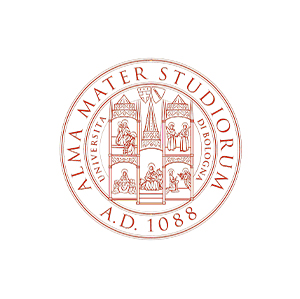
The objective is to coordinate and monitor the project activities,
the administrativeand financial aspects.
create
Lead partner

The objective is to develop a theoretical basis for the development
of the H-WORK Toolkits.
collect
Lead partner

The objective is to develop the H-WORK Assessment Toolkit and to collect data in each intervention site.
intervene
Lead partner

The objective to develop the H-WORK Intervention Toolkit, and to implement tailored interventions in each test-sites.
evaluate
Lead partner

The objective is to monitor the implementation process of the interventions in each intervention site and to evaluate what works for whom and in which circumstances.
release
Lead partner

The objective to release the H-WORK products and services and exploit the innovation generated throughout the project to foster its long-term sustainability (i.e. H-WORK Innovation Platform).
promote
Lead partner

The objective is to promote the H-WORK project and to communicate and disseminate its outcomes and core achievements to all relevant stakeholders in the most efficient way
protect
Lead partner
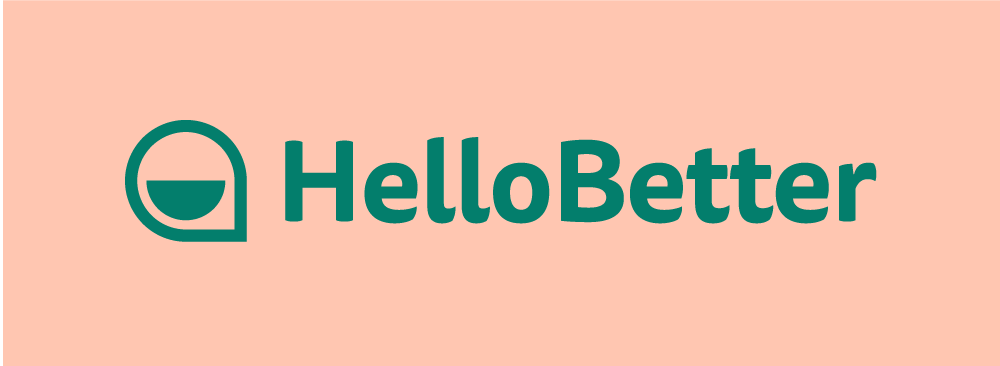
The objective is to comply with ethical requirements throughout the project and to ensure that all data gathered during the project are securely processed, stored and protected.
ETHICS
Lead partner

The objective is to ensure compliance with the ‘ethics requirements’ set out specifically for the H-WORK project and research activities.

